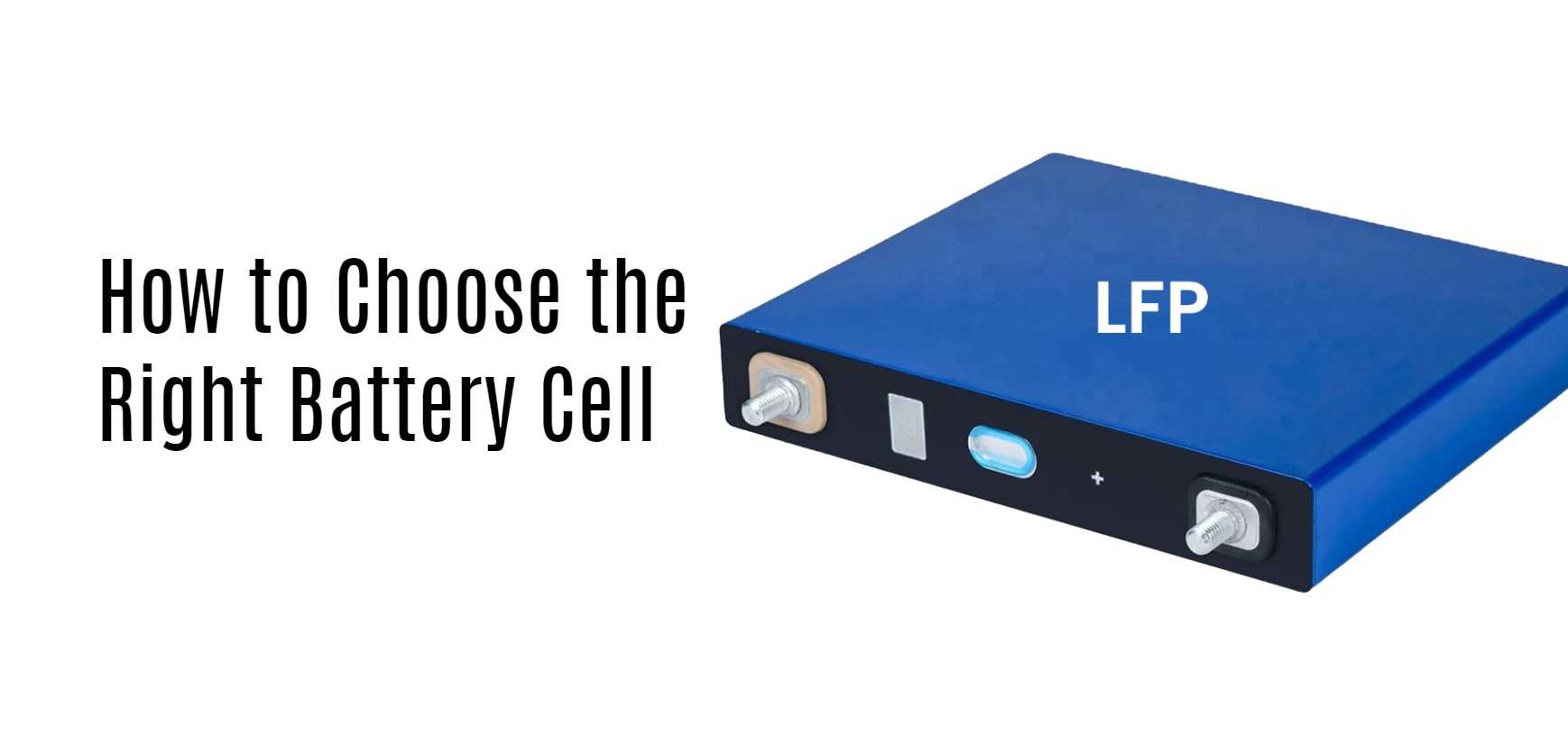Batteries power our world, from the devices we use daily to electric cars and even entire buildings. But have you ever wondered how these batteries work? At the core of every battery is a battery cell. Understanding what a battery cell is and its various types can help you choose the right one for your needs. In this post, we’ll delve into the basics of battery cells, explore their pros and cons, and provide tips on selecting the right type for your applications. So buckle up as we take you on an electrifying journey through the world of battery cells!
What is a Battery Cell?
A battery cell is a small container that converts chemical energy into electrical energy. It contains an electrolyte solution, which separates two electrodes – the positive electrode (cathode) and negative electrode (anode). When connected to an external circuit, electrons flow from the anode through the circuit to the cathode, powering devices along the way.
Battery cells come in various shapes and sizes, depending on their intended use. They can be cylindrical or rectangular with different dimensions and capacities. Each type of cell has its own unique characteristics and properties that determine its performance.
Typically, batteries are made up of multiple cells connected in series or parallel to create higher voltages or longer run times. The number of cells within a battery determines its voltage output and capacity. For instance, a lithium-ion battery used in smartphones will have one or two cells while electric cars may contain hundreds of them.
In essence, every electronic device with a rechargeable battery uses at least one battery cell. Understanding how these tiny powerhouses work is essential for anyone seeking to make informed decisions about choosing the right type of rechargeable batteries for their needs.
The Different Types of Battery Cells
When it comes to battery cells, there are various types available in the market. The most common battery cell is a lithium-ion battery, but there are other options that may be better suited for your needs.
One type of battery cell is nickel-cadmium (NiCad). NiCad batteries were popular in the past due to their ability to provide high power output and long life cycle. However, they have become less popular due to their environmental impact and issues with memory effect.
Another type of battery cell is nickel-metal hydride (NiMH). NiMH batteries offer higher energy density compared to NiCad batteries and do not have memory effect issues. They also have a longer lifespan than Li-ion batteries.
Lead-acid batteries are another option, commonly used in automobiles. These heavy-duty batteries are reliable and can deliver high surge currents making them ideal for starting car engines.
Lithium Polymer (LiPo) batteries offer an even higher energy density than traditional Li-ion cells but require more sophisticated charging circuits as well as careful handling due to safety concerns associated with overcharging or punctures.
Each type of battery has its own pros and cons based on application requirements such as power output demands or operating temperature range so consider carefully before selecting which one fits your needs best!
Lithium-Ion Battery Cells
Lithium-ion battery cells have become one of the most popular types of batteries in recent years due to their high energy density, long cycle life and low self-discharge rate. These rechargeable batteries are used in a wide range of applications such as smartphones, laptops, electric vehicles and even airplanes.
One advantage of lithium-ion battery cells is that they come in various sizes and shapes to fit different devices. They also have a higher voltage compared to other rechargeable batteries which makes them more efficient.
However, these batteries can be expensive to produce due to the complex manufacturing process involved. They also require careful handling and storage since they contain flammable electrolytes that can pose safety risks if mishandled.
Another challenge with lithium-ion battery cells is degradation over time. As the number of charging cycles increases, the capacity gradually reduces which means it will take less time for the battery to discharge fully than when it was new.
Despite these challenges, companies continue investing in research towards improving lithium-ion technology by developing safer materials for better performance.
Pros and Cons of Battery Cells
Battery cells are essential components of modern electronic devices, and they come in various types. Each type has its own set of pros and cons that make them suitable for different applications.
One primary advantage of battery cells is their portability, making them ideal for use in mobile devices like smartphones, laptops, and tablets. They also provide a reliable source of power to these gadgets without needing an external power source.
Another benefit is the environmental-friendliness of some types such as lithium-ion batteries. These batteries do not contain hazardous materials like lead or mercury that can pose a threat to the environment if disposed improperly.
On the other hand, one disadvantage of battery cells is their limited lifespan due to chemical reactions inside the cell during charging/discharging cycles. This means that they need replacements after a certain period which adds up cost-wise over time.
Another drawback is safety concerns associated with some battery technologies like Lithium Polymer (LiPo) which can explode or catch fire when damaged or overcharged hence requiring safe handling while in use.
Choosing the right battery cell type depends on your intended application since each technology offers its unique advantages and disadvantages.
How to Choose the Right Battery Cell
Choosing the right battery cell is an important decision that can affect the performance and longevity of your device. There are several factors to consider when selecting a battery, such as capacity, voltage, size, and chemistry.
Firstly, you need to determine the required capacity for your device. This refers to the amount of charge a battery can hold and is measured in ampere-hours (Ah). Make sure to choose a battery with sufficient capacity for your needs.
Next, consider the voltage requirements of your device. Most batteries provide 3.7 volts per cell, but some devices may require higher or lower voltages.
Size also matters when it comes to choosing a battery cell. Ensure that you select a size that fits perfectly into your device’s compartment without compromising on performance.
Think about which type of chemistry would be best suited for your application. Lithium-ion batteries are popular due to their high energy density and long life span; however other types like lead-acid and nickel-cadmium may also be suitable depending on specific requirements.
By considering these factors carefully when choosing a battery cell, you can ensure optimal performance from your device while extending its lifespan.

Conclusion
Understanding the basics of battery cells is crucial in today’s world where batteries are used to power almost everything from our smartphones to electric vehicles. We hope that this article has provided you with valuable insights into different types of battery cells, their pros and cons, and how to choose the right one for your device or application.
We can say that lithium-ion battery cells have become the go-to option for most applications due to their high energy density and long cycle life. However, it is essential to consider factors such as cost, safety, and environmental impact before making a final decision. With advancements in technology, we can expect more efficient and sustainable options in the future.






